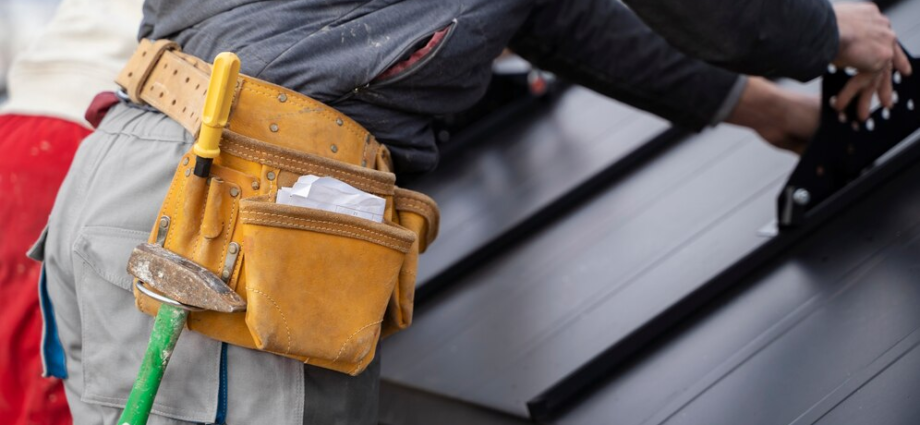Commercial roofing is a critical aspect of maintaining a functional and safe building environment. Over time, commercial roofs deteriorate due to weathering, wear and tear, and other factors. When repair and maintenance are no longer sufficient, roof replacement becomes necessary. This article explores effective strategies for optimizing commercial roofing through the process of roof replacement.
Importance of Commercial Roofing
A well-maintained roof is essential for protecting a commercial building and its occupants from external elements such as rain, snow, wind, and sunlight. Commercial roofs also contribute to energy efficiency and overall building integrity. However, aging or damaged roofs can compromise these benefits, leading to leaks, structural issues, and increased energy costs.
Signs That Roof Replacement is Needed
Recognizing when roof replacement is necessary is crucial to prevent further damage and maintain the building’s functionality. Signs include extensive leaks, sagging or uneven roof surfaces, damaged roofing materials, and frequent repairs that fail to resolve underlying issues. Conducting regular inspections by qualified roofing professionals can help identify these signs early.
Planning for Roof Replacement
Before undertaking roof replacement, thorough planning is essential. This includes evaluating the current roof condition, considering the building’s structural requirements, and selecting appropriate roofing materials. Factors such as climate, building use, and budget should also be taken into account to ensure the new roof meets long-term performance and durability expectations.
Choosing the Right Roofing Materials
Selecting the right materials for commercial roofing depends on various factors, including durability, energy efficiency, maintenance requirements, and aesthetic preferences. Common options include asphalt shingles, metal roofing, EPDM (ethylene propylene diene monomer), TPO (thermoplastic polyolefin), and PVC (polyvinyl chloride) membranes. Each material has its advantages and is suitable for different commercial roofing applications.
Hiring a Qualified Roofing Contractor
Successful roof replacement relies heavily on hiring a qualified roofing contractor with expertise in commercial projects. Contractors should be licensed, insured, and experienced in installing the chosen roofing materials. They should also adhere to safety standards and regulations to ensure a smooth and secure installation process.
The Roof Replacement Process
The roof replacement process typically begins with the removal of the existing roofing materials, inspection of the underlying structure for damage, and preparation of the roof deck. Installation of new insulation, if necessary, follows before laying down the chosen roofing materials. Proper installation techniques and quality control measures are crucial to ensuring the new roof performs effectively over its lifespan.
Benefits of Effective Roof Replacement
Investing in effective roof replacement offers numerous benefits to commercial property owners and managers. These include improved building aesthetics, enhanced energy efficiency through better insulation and reflective roofing materials, reduced maintenance costs, and increased property value. A new roof also provides peace of mind by reducing the risk of unexpected leaks and structural issues.
Maintaining and Extending Roof Lifespan
After roof replacement, regular maintenance is essential to maximize the lifespan and performance of the new roof. This includes conducting periodic inspections, clearing debris, addressing minor repairs promptly, and ensuring adequate drainage. Implementing a proactive maintenance plan can prevent costly repairs and extend the roof’s lifespan significantly.
Conclusion
Optimizing commercial roofing through effective roof replacement strategies is vital for maintaining a safe, functional, and energy-efficient building. By recognizing signs that replacement is needed, planning meticulously, choosing suitable materials, and hiring qualified contractors, commercial property owners can ensure their investment in a new roof pays off in terms of durability, performance, and long-term savings. Investing in quality roof replacement not only protects the building but also enhances its value and sustainability in the long run.
In summary, proactive management of commercial roofing through strategic roof replacement contributes to the overall success and longevity of commercial properties, making it a critical aspect of building maintenance and management.

